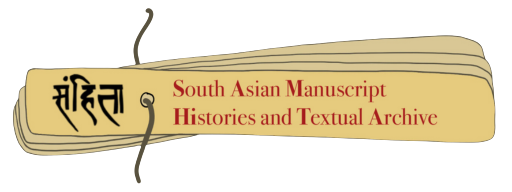PANDiT is a digital humanities project with a unique and ambitious task: to create a database for the vast world of South Asian letters. The name stands for the Sanskrit title of a virtuoso scholar with full mastery of traditional knowledge systems, but as an acronym it also expresses the project’s main objective: the creation of a Prosopographical Database of Indic Texts. In brief, Pandit seeks to store, curate, and share reliable data on works, people, places, institutions, and manuscripts from premodern South Asia, in addition to relevant secondary sources, and to do so across period, language, discipline, and subject matter. It is designed as an interactive web-based repository that scholars of every South Asian specialty and interest can contribute to and as a basic tool on which they will routinely come to rely.
Collaborators
Wellcome Collection, London
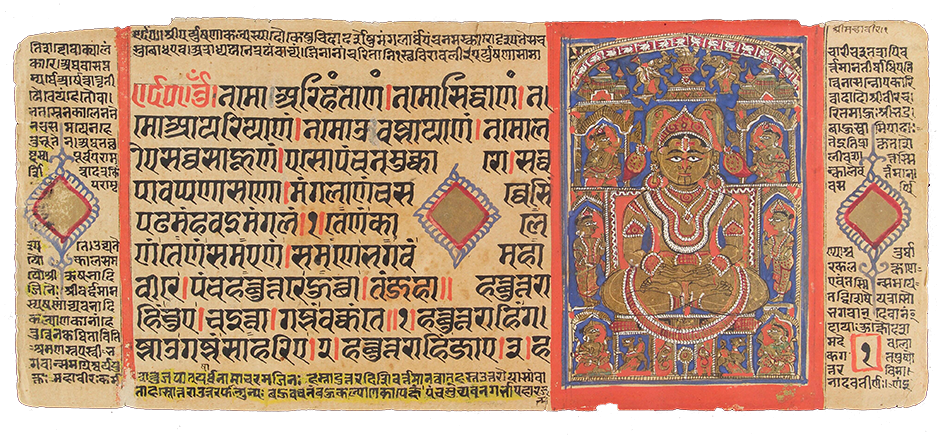
Committed to increasing access to its collections and enabling their discoverability, Wellcome created fully searchable, electronic texts from the handwritten notes by historian of science David Pingree, thereby placing in the public domain a rich source of information on Sanskrit manuscripts that were hitherto hardly studied. The SAMHiTA team has enhanced the cataloguing records of 100 of these manuscripts, and Wellcome is digitizing these for SAMHiTA.
Aksheswara Mahabihar and Tribhuvan University Central Library, Kathmandu
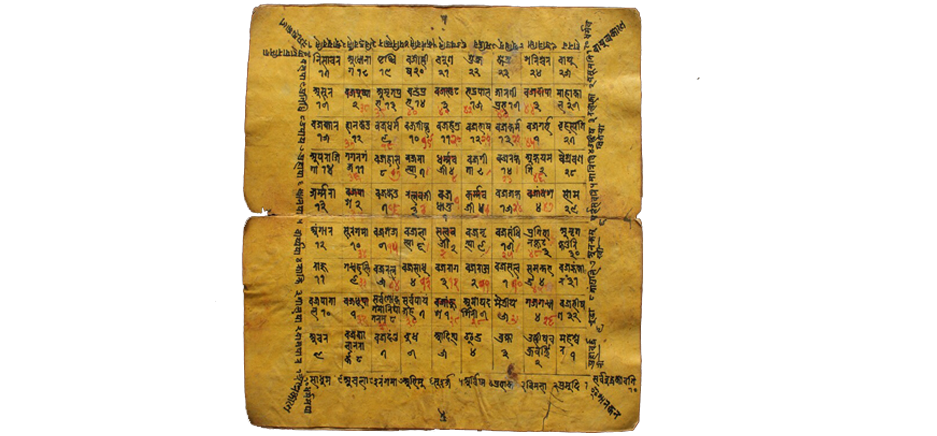
Aksheswara Mahabihar, a monastery in Patan, houses paper and palm-leaf manuscripts, that form one of the important Buddhist collections in Nepal. It includes both ‘Buddha Vachana’ [Sutra and Tantra] and ‘Shastra’ [commentarial] texts. The collection had its genesis in the donations by Pandits Shukra Raj Shastri and Vachaspati Bajracharya from Bu Bahal in Patan to the Buddha Vihara Sangha, which handed over these manuscripts to Aksheswara Mahabihar for housing in its library.
The Tribhuvan University Central Library houses 734 manuscripts (Buddhist, Hindu, literary and Kirtati), of which 300 are represented in the SAMHiTA pilot.
Bibliothèque Nationale de France
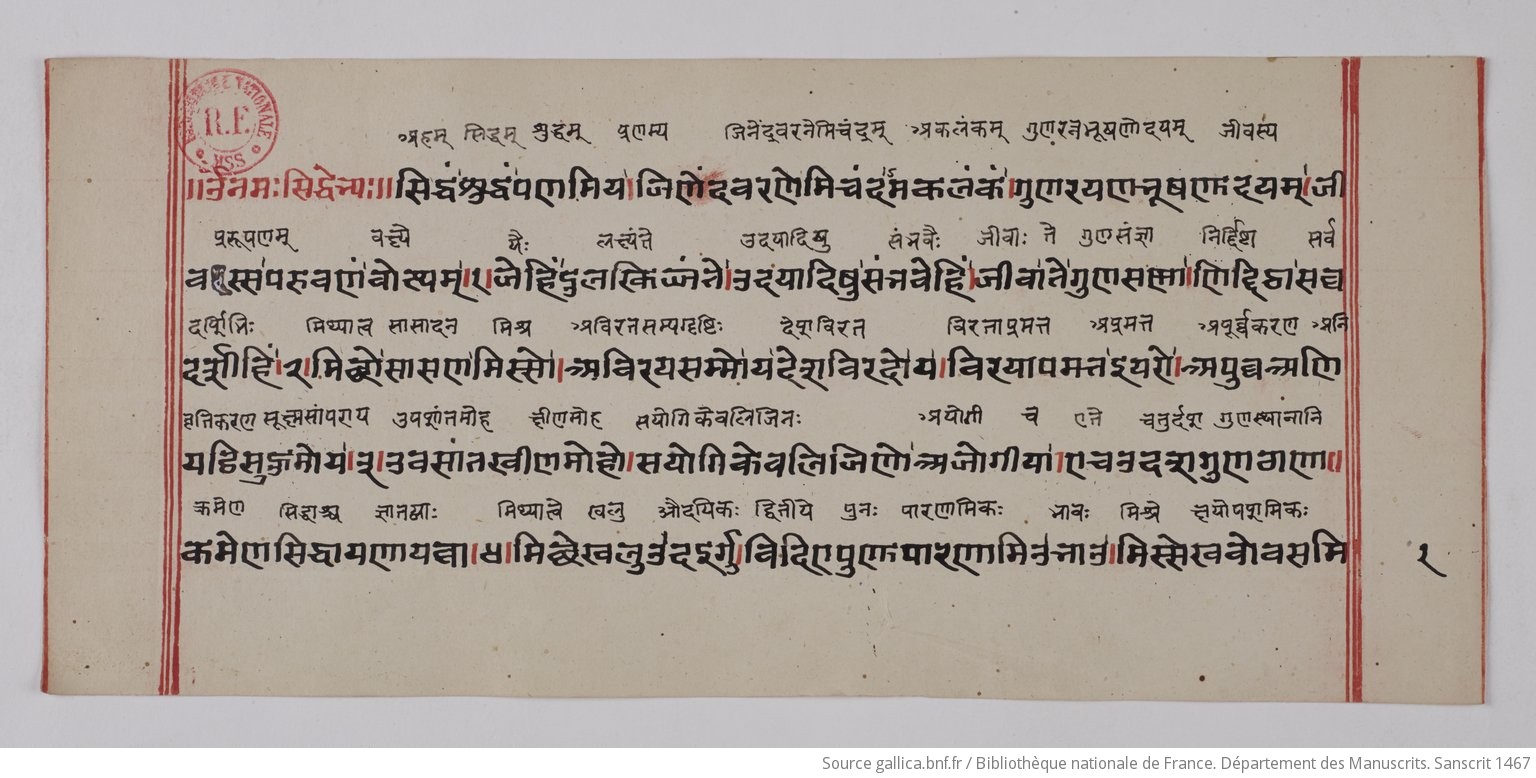
The South Asian manuscript collections at the Bibliothéque Nationale de France are the oldest in Europe, dating to the early 18th century. They represent many languages and subject areas, with major collections in Sanskrit, Farsi and Tamil. The library has a tradition of making manuscripts accessible to the public, which continues through its portal Gallica.
Kenneth G. Zysk Indological Manuscript Collection, Copenhagen
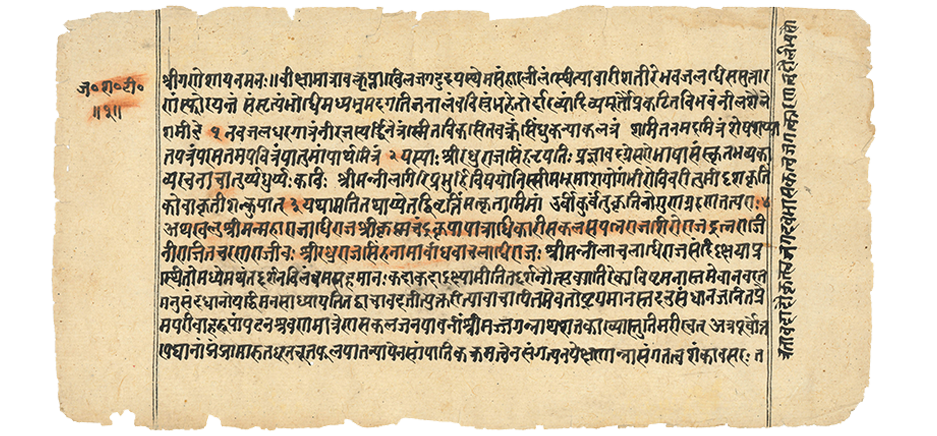
The collection consists of approximately 3000 Indic manuscripts from Brahmin families in Varanasi and surrounding areas. The majority are paper manuscripts dating from the 18th and 19th centuries. The language is predominantly Sanskrit, though several Hindi manuscripts are also found. Subjects include all branches of Sanskrit learning, with a particular focus on ritual, law, science, and tantra. The collection was donated to the University of Copenhagen by Kenneth G. Zysk in 2020.
SAMHiTA’s pilot represents 500 manuscripts from three main sub-collections. The first belonged to Vijayānand Tripāṭhī (1881‒1955), a famous commentator on the Rāmcaritmānas who lived at Tulsi Ghat in Varanasi. The second derives from various families in the districts around Varanasi, Prayagraj, and Ghazipur. The third comes from a family in the Mithila region of Bihar.
